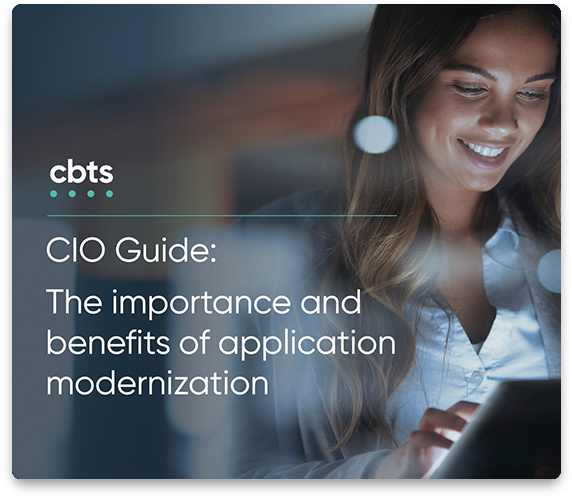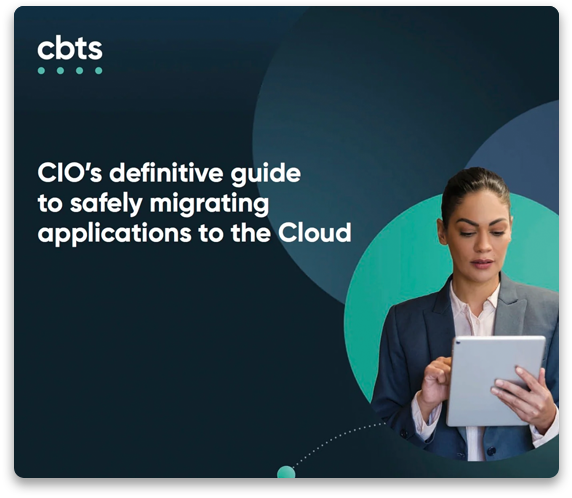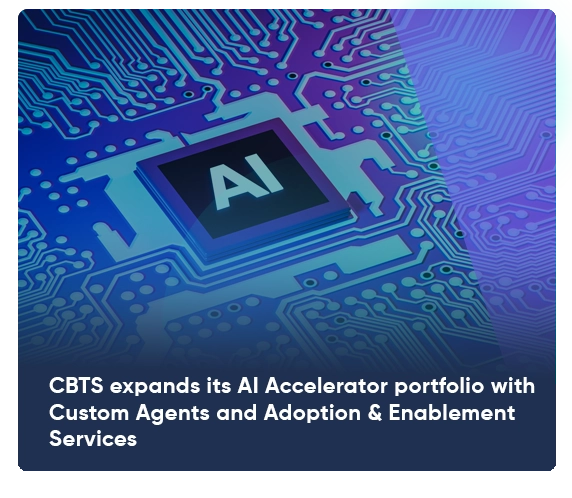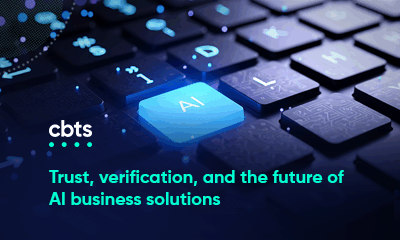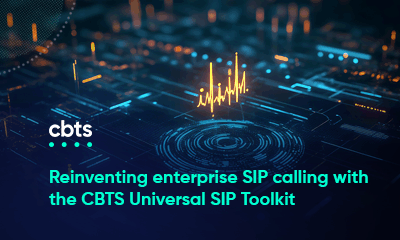
Enterprise AI implementations are poised to grow dramatically in the coming years, and organizations that want to keep pace with industry will need to be ready. The problem is that successful AI initiatives require a next-generation environment reliant on updated infrastructure, thoughtful AI strategy, and the latest AI management skills. Alone, each of these goals represents a significant investment for an enterprise. Together, they may even feel prohibitive.
But enterprises need not build AI readiness from scratch. When facing resource limitations, an organization’s highest priority is ensuring that what they do invest provides the best possible return. To that end, enterprises are turning to the expertise of managed services providers to fill their skills gaps and guide them to optimized solutions.
The state of play
Business as a whole is turning its focus inexorably toward the Cloud. An increasingly globalized world demands seamless, consistent experiences from any location—whether working remotely from across town or in a satellite office internationally. Hybrid cloud infrastructure supports this digital-first work environment, and its market value is growing accordingly: in 2024, it was valued at $130 billion; by 2030, it is expected to reach nearly $330 billion.
Upgrading on-premises, wholly owned infrastructure is a costly and challenging endeavor. With the leap to cloud platforms, enterprises can much more quickly access the kind of storage and computational power that enables AI implementations. And once AI is in your toolkit, the possibilities expand tremendously. AI assistance supports the configuration, management, and optimization of technology infrastructure at a much larger and more efficient scale than ever before, catalyzing a whole new kind of business growth.
The result is that enterprises hesitating to embrace cloud transformation and AI will be left behind far quicker than they realize. Next-generation infrastructure and analytics are already opening a new frontier of competitive advantages, streamlining performance and extracting insights in ways that would otherwise be impossible. Under the circumstances, transformation is essential to keep pace.
Read more: Implementing data protection best practices in the Cloud
Transformation is expensive, but necessary
If transformation is essential, why do enterprises hesitate?
The truth is that a transition to AI-ready infrastructure is costly, both financially and in terms of human and logistical resources. Moreover, to maximize the benefit of AI-ready infrastructure, enterprises need skilled AI developers and integrators to properly design implementations—skills that most organizations do not have in-house.
Hybrid cloud architectures are intricate, layered, and constantly evolving. Expertise is necessary to properly design, integrate, and manage them alongside on-premises systems. However, the novelty of the discipline means that comprehensive training and certification programs are still in their infancy. Cloud architecture also demands that enterprises rethink their cybersecurity posture, as sophisticated new threats come into contact with freshly revealed attack surfaces. Unsurprisingly, two-thirds of technology leaders report cloud-related skills gaps that are holding them back.
If hybrid cloud architecture is a new discipline, AI is even newer. Additionally, the security and operational risks of enterprise AI implementations are still being uncovered. The skill sets required to shepherd an AI implementation to success are growing more common but are, at present, still somewhat rare in the job market, and high demand means the right candidate will be challenging to find.
Managed services bridge the gap
Managed technology services offer a compelling solution to these problems of scarcity, cost, and effort—and enterprises are increasingly turning to them for assistance. In lieu of a one-to-one relationship of talent to need, managed services providers connect many enterprises with a consolidated team of vetted experts in cloud architecture and AI development. This consolidation of talent and technology means that managed services providers can deliver efficiencies and added value to enterprises that they might not be able to achieve on their own, such as:
- Access to the latest technology. With their singular focus, service providers have the resources and strategic priority to provide the latest equipment and software tools for themselves and their clients.
- Managed upgrades and support. Patching, upgrades, and support are handled by dedicated teams, allowing your staff to focus on in-house priorities and minimizing vulnerabilities.
- Scalability. Flexibly increase or decrease consumption as your business demands without leaving on-premises equipment or personnel sitting idly.
- Industry-leading skill and experience. Early adoption and institutional knowledge mean managed services providers are more familiar with newer technologies.
- Reduced organizational complexity. Managed enterprise cloud and AI services are typically coordinated through straightforward, streamlined platforms that surface the most important information and functions to your in-house staff.
- Reduced cost and simplified payment. Consolidating infrastructure, maintenance, and support costs into a predictable operational expenditure cuts complexity further and takes advantage of economies of scale.
Optimize your enterprise AI transformation with CBTS
The AI skills shortage will likely get worse before it gets better, as demand rises and the market moves to backfill. Options exist, however, for enterprises seeking to begin their AI journeys now. CBTS boasts a long track record of successful managed services offerings with industry-leading organizations and is eager to connect your business with the advantages of enterprise-tier cloud architecture. To step across the skills gap and begin moving toward enterprise AI readiness, contact CBTS today.

